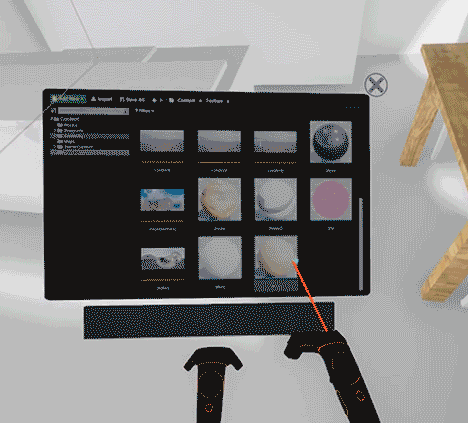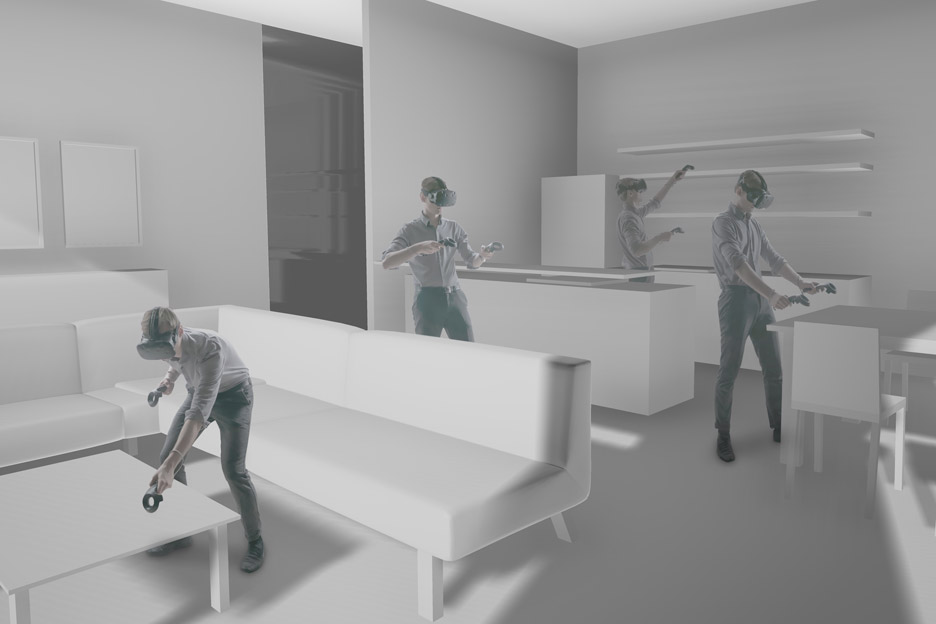VR Goggles Offer A New Way of Designing
(via Dezeen)
New virtual reality tools will allow architects and designers to create buildings and products intuitively in 3D space around them, according to the director of visualisation studio VRtisan (+ movie).
The technology, which couples VR software created for game designers with hand-held motion controllers, offers designers “a completely new tool,” according to Ekke Piirisild of the London studio.
“It’s a whole new way of designing,” Piirisild told Dezeen. “It allows designers to create more convincing scenes by designing while immersed in them.”
VRtisan has created a video demonstrating the design process, which shows an architect using VR game-developer software Unreal Engine in combination with the HTC Vive headset and motion controllers.
The movie shows the designer wearing a VR headset and using the hand-held controllers as an input device for Unreal Engine, allowing him to create walls, doors and furniture around him in 3D space.
He can then tweak the forms and add material finishes while walking around and viewing his creations from all angles.
“In the video we try to show that you can rely on your intuitive understanding of space,” Piirisild said. “You’re not taking yourself out of the space to design, as you do when you design in 2D. It allows you to immediately see the impact of your decisions regarding form, materials and so on.”
He added: “Using their entire body as part of the process, designers can develop both the dimensional and the ergonomic relationships of spaces and elements.”
Piirisild said the technique has only been possible since the release of Unreal Engine version 4.12, which came out last month.
Since then, independent developers have created plug-ins for the HTC Vive hardware, allowing the motion controllers to be used as interfaces for the Unreal Engine software.
…
“Designing within virtual reality is the next step in computer aided design, and the ways in which designing in first person from within the space can benefit the design process are numerous,” the studio said in a statement issued with the movie.
“We wanted to make this video to show that there are already virtual reality tools out there that make it possible to approach the design in a completely new way and fundamentally rethink how we create spaces and places,” it added. “Virtual reality allows architects and designers to step directly into the project and intuitively build spaces around them in real world scale.”
…
Read more at Dezeen.
(via Dezeen)
Cornell University is a school that offers a course called “Design in Virtual Reality.” Read more here.
Jason Van Nest, NYIT offered a course called “VR Technologies & Projective Geometries” in the Spring of 2015.





